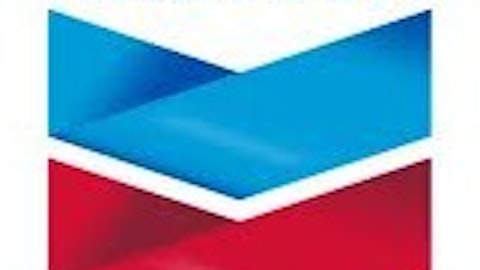Spam, lovely spam, wonderful spam
Believe it or not, the first true instance of Internet spam took place shortly after Yahoo! Inc. (NASDAQ:YHOO) began. On April 12, 1994, members of more than 6,000 Usenet (an early discussion-board system) forums found their digital haunts plastered with obnoxious, identical messages from the law firm of Laurence Canter and Martha Siegel, advertising a service for green-card-seeking immigrants. Anti-spam activist and lawyer Ray Everett-Church reflected on that incident in Wired years later:
When I arrived in the office on the morning of 13 April 1994, the receptionist handed me a stack of angry faxes and forwarded a voice mailbox full of furious calls. All the messages were about the Internet, the Green Card Lottery, and a pair of Arizona lawyers. By the time I stumbled to my cubicle, I had met the enemy. Their names were Laurence Canter and Martha Siegel. …
In the early 1990s, Congress devised the Green Card Lottery program to encourage diversity in immigration. Unfortunately, it also provided an opportunity for charlatans to charge exorbitant fees to file lottery entries for hopeful immigrants. In truth, all it took to enter the drawing was a postcard with your name and address mailed to the designated location.
Canter and Siegel, a husband-and-wife law firm, decided to join the lottery frenzy by pitching their own overpriced services to immigrant communities. But these two were not your run-of-the-mill hucksters. They were innovators with a penchant for technology.
Canter and Siegel chose the Internet, specifically Usenet newsgroups, as their vehicle. The medium would never be the same again.
The two tech-savvy lawyers had hired a programmer to create scripts that would post the same message to many Usenet newsgroups at the same time, advertising with the subject “Green Card Lottery-Final One?” They’d hit on the necessity of automation in the spam game, realizing that the only way to make a formulaic post work as advertising would be to post it to as many places as possible in as short a time as possible. The pair, when interviewed later that year, claimed to have made $100,000 from a scheme that cost “pennies.” However, the Supreme Court of Tennessee (where Canter and Siegel practiced law) disbarred them for illegal advertising in 1997, making the first spammers also the first people to be punished for spamming.
Today, spam is most often found in email, where it makes up at least half, and potentially up to 90%, of all daily email volume. However, just as spam began on message board systems, it’s finding its way back with increasing frequency, as you may notice while browsing some of the more popular articles here on Fool.com and elsewhere on the Internet. The company that can finally solve the spam problem for good will be a good investment indeed.
The article Is the Nasdaq Actually Better than the Dow? originally appeared on Fool.com.
Fool contributor Alex Planes holds no financial position in any company mentioned here. Add him on Google+ or follow him on Twitter @TMFBiggles for more insight into markets, history, and technology.The Motley Fool recommends Facebook. The Motley Fool owns shares of Facebook.
Copyright © 1995 – 2013 The Motley Fool, LLC. All rights reserved. The Motley Fool has a disclosure policy.



